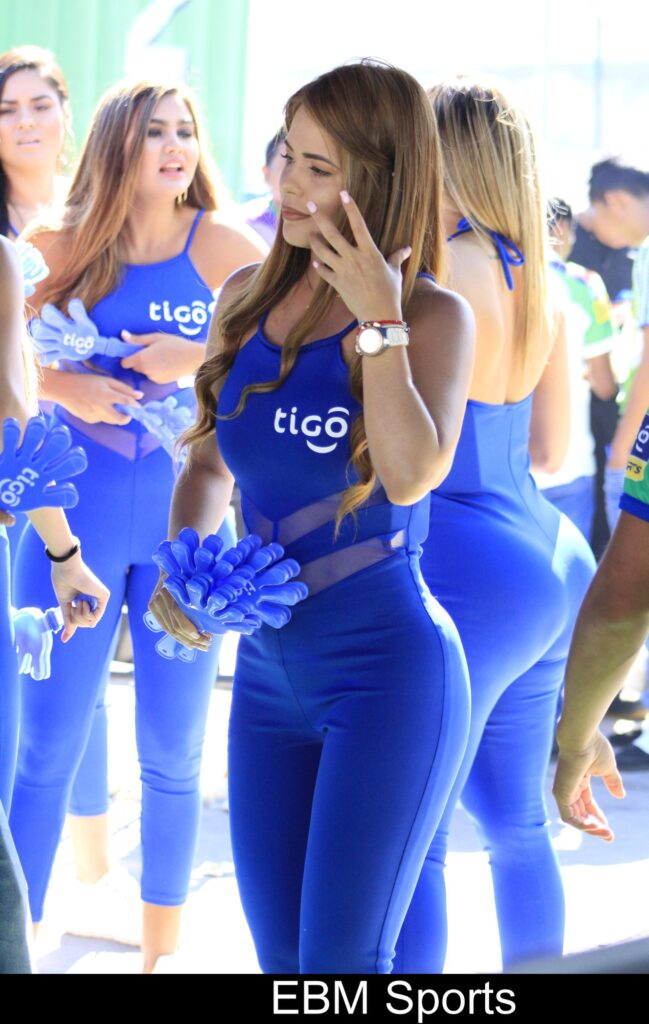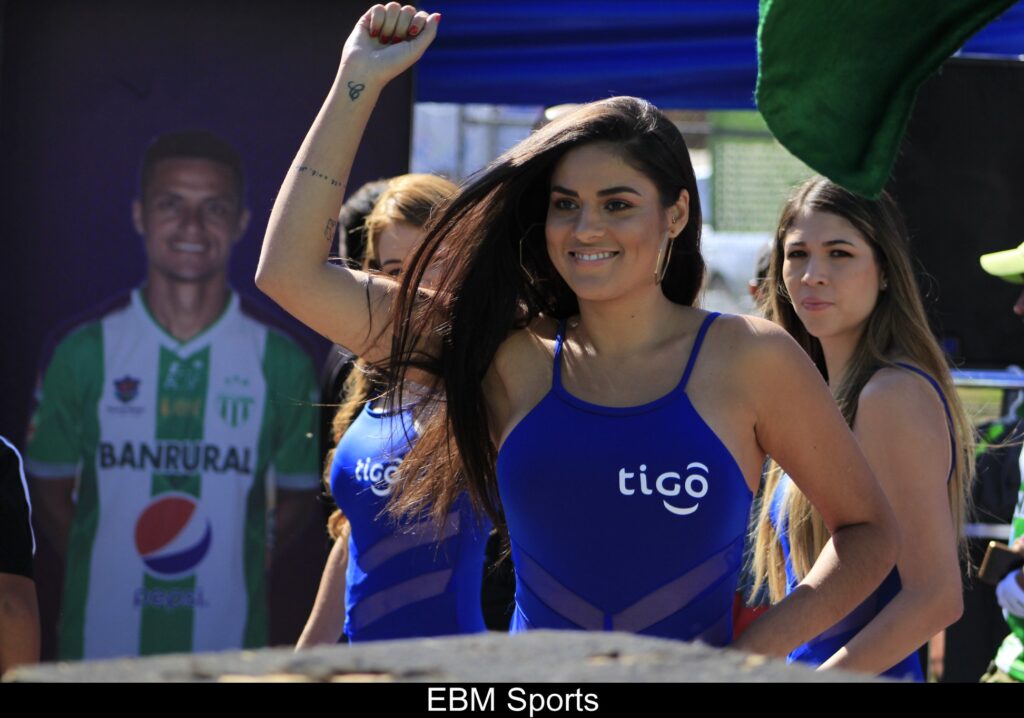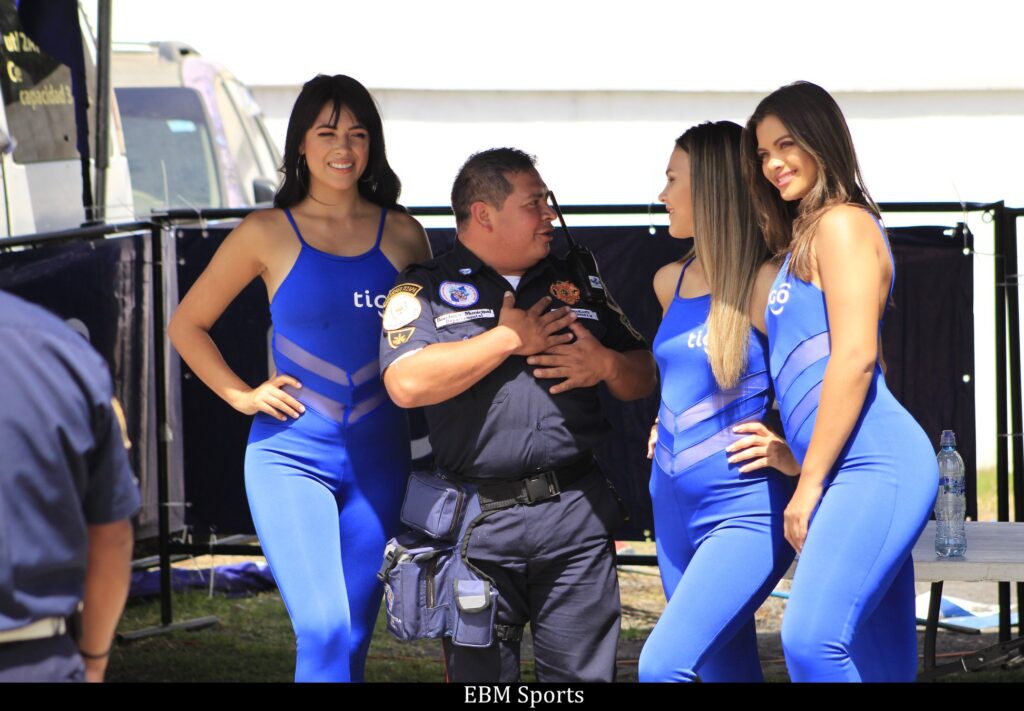Becoming a Fitness Model: Training, Nutrition, and Tips
Fitness models inspire millions with their sculpted physiques and dedication to health. Becoming one takes more than just working out—it requires a disciplined lifestyle, consistent nutrition, and strategic self-promotion. The path to becoming a fitness model starts with setting specific physique goals, building lean muscle, and maintaining low body fat levels.
Training is the foundation. Fitness models typically follow structured weight training programs that focus on hypertrophy (muscle growth) and aesthetic balance. Key exercises include squats, deadlifts, bench presses, shoulder presses, rows, and ab circuits. High-volume training with moderate to heavy weights and minimal rest helps build definition. Cardio, both steady-state and high-intensity interval training (HIIT), supports fat loss and endurance.
Nutrition plays an equally critical role. A fitness model’s diet centers on whole foods—lean proteins like chicken, turkey, fish, egg whites, and protein shakes; complex carbs such as oats, brown rice, and sweet potatoes; and healthy fats like avocado, nuts, and olive oil. Meals are eaten frequently throughout the day, often 5–6 times, to support metabolism and muscle recovery.
To break into the industry, aspiring models need professional photos, a strong social media presence, and connections with agencies or fitness brands. Many start by competing in physique competitions or building a following through fitness content. Consistency, self-discipline, and a marketable image are essential.
Becoming a fitness model isn’t just about looks—it’s a full-time commitment to training, eating, and living like an athlete. Those who succeed do so through structure, passion, and relentless effort.
References:
- Bodybuilding.com. (n.d.). How to Become a Fitness Model. Retrieved from https://www.bodybuilding.com/content/how-to-become-a-fitness-model.html
- ACE Fitness. (n.d.). Total-Body Strength Workout for Fitness Models. Retrieved from https://www.acefitness.org/resources/everyone/blog/6606/a-total-body-strength-workout-for-fitness-models/
- NASM. (n.d.). Fitness Nutrition: Eating for Aesthetic Physique Goals. Retrieved from https://blog.nasm.org/fitness-nutrition-fueling-for-physique
- Healthline. (2023). What to Eat Before and After a Workout. Retrieved from https://www.healthline.com/nutrition/eat-before-or-after-workout
- Harvard Health Publishing. (2020). The importance of strength training for overall health. Retrieved from https://www.health.harvard.edu/staying-healthy/the-importance-of-strength-training

 * ACE Fitness. (n.d.). *Total-Body Strength Workout for Fitness Models*. Retrieved from [https://www.acefitness.org/resources/everyone/blog/6606/a-total-body-strength-workout-for-fitness-models/](https://www.acefitness.org/resources/everyone/blog/6606/a-total-body-strength-workout-for-fitness-models/) * NASM. (n.d.). *Fitness Nutrition: Eating for Aesthetic Physique Goals*. Retrieved from [https://blog.nasm.org/fitness-nutrition-fueling-for-physique](https://blog.nasm.org/fitness-nutrition-fueling-for-physique) * Healthline. (2023). *What to Eat Before and After a Workout*. Retrieved from [https://www.healthline.com/nutrition/eat-before-or-after-workout](https://www.healthline.com/nutrition/eat-before-or-after-workout) * Harvard Health Publishing. (2020). *The importance of strength training for overall health*. Retrieved from [https://www.health.harvard.edu/staying-healthy/the-importance-of-strength-training](https://www.health.harvard.edu/staying-healthy/the-importance-of-strength-training) Let me know if you want citations embedded in APA or MLA style too. Here are references with links as required: **References:** * Bodybuilding.com. (n.d.). *How to Become a Fitness Model*. Retrieved from [https://www.bodybuilding.com/content/how-to-become-a-fitness-model.html](https://www.bodybuilding.com/content/how-to-become-a-fitness-model.html) * ACE Fitness. (n.d.). *Total-Body Strength Workout for Fitness Models*. Retrieved from [https://www.acefitness.org/resources/everyone/blog/6606/a-total-body-strength-workout-for-fitness-models/](https://www.acefitness.org/resources/everyone/blog/6606/a-total-body-strength-workout-for-fitness-models/) * NASM. (n.d.). *Fitness Nutrition: Eating for Aesthetic Physique Goals*. Retrieved from [https://blog.nasm.org/fitness-nutrition-fueling-for-physique](https://blog.nasm.org/fitness-nutrition-fueling-for-physique) * Healthline. (2023). *What to Eat Before and After a Workout*. Retrieved from [https://www.healthline.com/nutrition/eat-before-or-after-workout](https://www.healthline.com/nutrition/eat-before-or-after-workout) * Harvard Health Publishing. (2020). *The importance of strength training for overall health*. Retrieved from [https://www.health.harvard.edu/staying-healthy/the-importance-of-strength-training](https://www.health.harvard.edu/staying-healthy/the-importance-of-strength-training) Let me know if you want citations embedded in APA or MLA style too.](https://steroidology.com/wp-content/uploads/2025/06/67416707_1157581117774958_8349894947205283840_n.jpg)



















 * ACE Fitness. (n.d.). *Total-Body Strength Workout for Fitness Models*. Retrieved from [https://www.acefitness.org/resources/everyone/blog/6606/a-total-body-strength-workout-for-fitness-models/](https://www.acefitness.org/resources/everyone/blog/6606/a-total-body-strength-workout-for-fitness-models/) * NASM. (n.d.). *Fitness Nutrition: Eating for Aesthetic Physique Goals*. Retrieved from [https://blog.nasm.org/fitness-nutrition-fueling-for-physique](https://blog.nasm.org/fitness-nutrition-fueling-for-physique) * Healthline. (2023). *What to Eat Before and After a Workout*. Retrieved from [https://www.healthline.com/nutrition/eat-before-or-after-workout](https://www.healthline.com/nutrition/eat-before-or-after-workout) * Harvard Health Publishing. (2020). *The importance of strength training for overall health*. Retrieved from [https://www.health.harvard.edu/staying-healthy/the-importance-of-strength-training](https://www.health.harvard.edu/staying-healthy/the-importance-of-strength-training) Let me know if you want citations embedded in APA or MLA style too.](https://steroidology.com/wp-content/uploads/2025/06/62192424_1121612124705191_2260350805808775168_n-649x1024.jpg)
















 * ACE Fitness. (n.d.). *Total-Body Strength Workout for Fitness Models*. Retrieved from [https://www.acefitness.org/resources/everyone/blog/6606/a-total-body-strength-workout-for-fitness-models/](https://www.acefitness.org/resources/everyone/blog/6606/a-total-body-strength-workout-for-fitness-models/) * NASM. (n.d.). *Fitness Nutrition: Eating for Aesthetic Physique Goals*. Retrieved from [https://blog.nasm.org/fitness-nutrition-fueling-for-physique](https://blog.nasm.org/fitness-nutrition-fueling-for-physique) * Healthline. (2023). *What to Eat Before and After a Workout*. Retrieved from [https://www.healthline.com/nutrition/eat-before-or-after-workout](https://www.healthline.com/nutrition/eat-before-or-after-workout) * Harvard Health Publishing. (2020). *The importance of strength training for overall health*. Retrieved from [https://www.health.harvard.edu/staying-healthy/the-importance-of-strength-training](https://www.health.harvard.edu/staying-healthy/the-importance-of-strength-training) Let me know if you want citations embedded in APA or MLA style too.](https://steroidology.com/wp-content/uploads/2025/06/67416707_1157581117774958_8349894947205283840_n-1024x711.jpg)


















